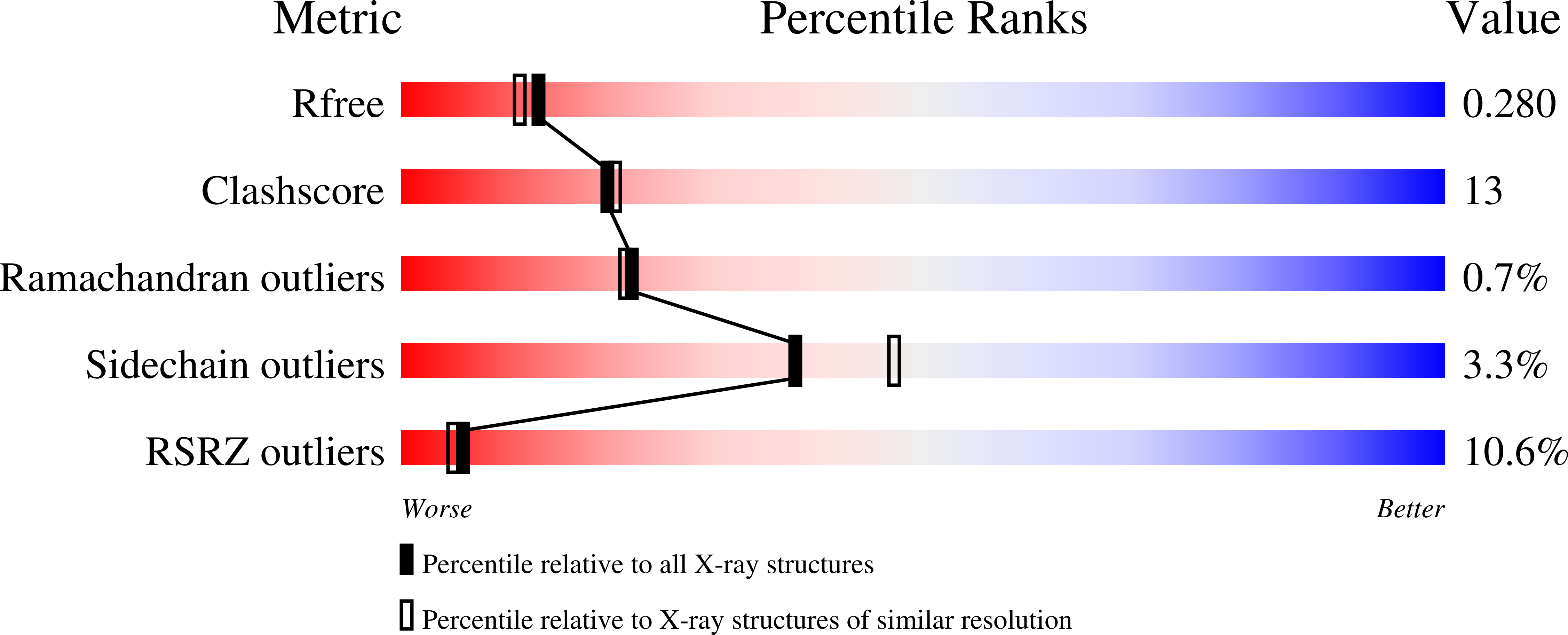
Deposition Date
2023-09-29
Release Date
2024-07-17
Last Version Date
2024-11-20
Entry Detail
PDB ID:
8UDZ
Keywords:
Title:
The Structure of LTBP-49247 Fab Bound to TGFbeta1 Small Latent Complex
Biological Source:
Source Organism:
Homo sapiens (Taxon ID: 9606)
Host Organism:
Method Details:
Experimental Method:
Resolution:
2.21 Å
R-Value Free:
0.26
R-Value Work:
0.23
R-Value Observed:
0.23
Space Group:
P 2 21 21


